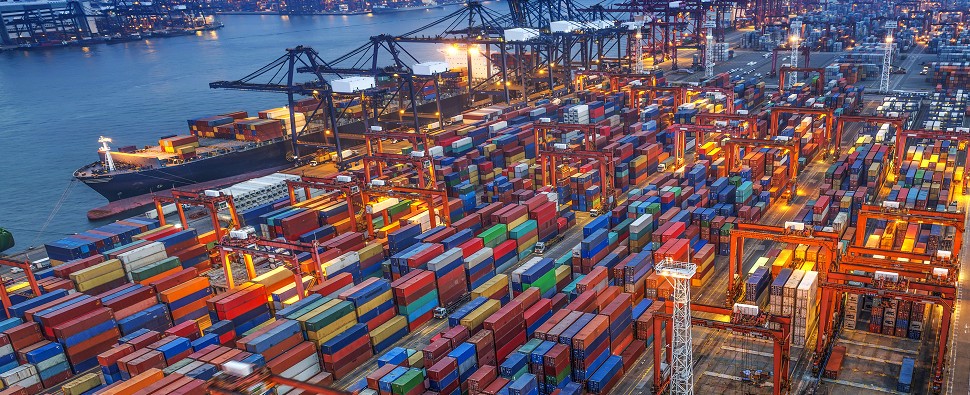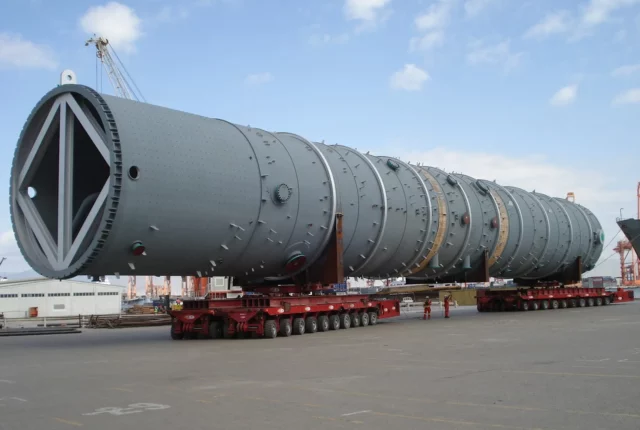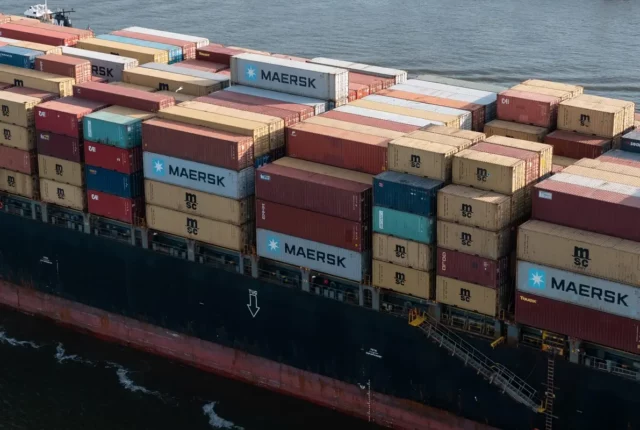
Ocean Shipping Times Surge in Supply-Chain Crunch
Ocean shipping times have been hevily delayed meaning the commercial cargo ships have been delivering their loads later than ever this year. Adding to the supply-chain woes that are undercutting efforts by retailers and manufacturers to capitalize on resurgent economic demand.
Only about 40% of container ships globally were on time arriving at ports in March, according to an analysis by Denmark-based Sea-Intelligence ApS, with average delays stretching to more than six days. The slowdowns improved from February, but remained far behind reliability levels of the previous two years, when more than 70% of ships arrived on time.
The delays around the world, the result of a large-scale restocking by businesses as consumer demand improves, are tying up vessel capacity, adding to a shortage of sea containers needed to move goods and sending shipping costs soaring as container freight rates rise at a historic pace. For companies using sea freight services, the delays are part of an array of headaches disrupting supply chains as U.S., European, Asian and Australian economies rebound from the steep retrenchment last year brought on by the Covid-19 pandemic.
The ocean shipping delays that started building up late last year worsened during a normally low period in ocean shipping demand early in the year. They have tied up inventories in some cases for weeks at a time as vessels wait to reach berths while offloaded containers sit for long periods at packed freight terminals. “It [normally] takes 14 days to sail from Shanghai to Los Angeles; today it takes 33 days,” said Vincent Clerc, chief executive of ocean and logistics at Denmark’s A.P. Moller Maersk A/S. “The sailing time is the same, but you spend twice the time waiting to unload at the San Pedro Bay.” Adding to the sailing delays, port congestion has led to delays of up to six days at sites including Port Klang in Malaysia, Rotterdam in the Netherlands, Piraeus in Greece, Southampton in the U.K. and the Kaohsiung port in Taiwan.
The sea freight delivery delays have stretched from docks to rail yards, truck terminals and distribution centres, leaving everyone from giant retailers and auto manufacturers to small family owned stores short of supplies and paying multiple times more compared with last year to move their merchandise.
The higher costs and delays are especially hard on small businesses, which have less stock on hand to serve as a buffer against supply disruptions.
The Director of Across the Ocean Shipping – David Aherne has said “We are expecting the market to remain congested and lumpy for much of the year. We are working closely with our overseas offices and local shipping line agents to mitigate the possibility of delays. We are providing our customers with regular updates and guide on best practices for keeping their supply chains moving.”






